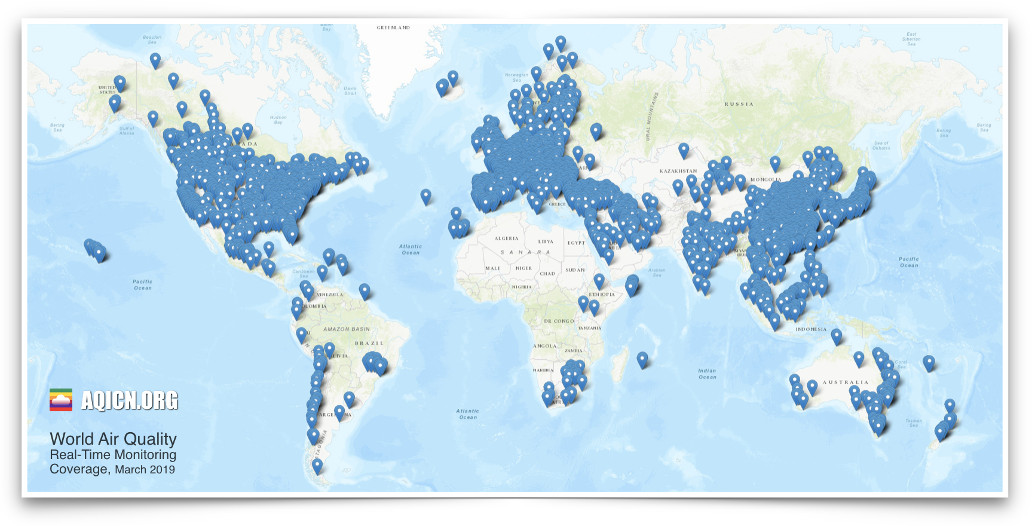
O projeto Índice Mundial de Qualidade do Ar é um projeto sem fins lucrativos iniciado em 2007. Sua missão é promover a conscientização dos cidadãos sobre a poluição do ar e fornecer informações unificadas e mundiais sobre a qualidade do ar.
O projeto fornece informações transparentes sobre a qualidade do ar para mais de 130 países, abrangendo mais de 250 mil estações de monitoramento da qualidade do ar em 2 mil grandes cidades, por meio de dois sites: aqicn.org e waqi.info .
A equipe fundadora é composta por diversos colaboradores nas áreas de ciências ambientais, engenharia de sistemas, ciência de dados, bem como design visual. A equipe tem se expandido em todo o mundo, com novos apoiadores importantes da China, Cingapura, Índia, Austrália e EUA.
O projeto tem uma intenção social. No entanto, apesar do seu amplo alcance, nunca recebeu qualquer financiamento público. Nossa receita, essencialmente proveniente de publicidade online, bem como de nossas estações de monitoramento da qualidade do ar GAIA , é usada para cobrir a infraestrutura de nuvem e custos de hospedagem.
O projeto está constantemente em busca de apoio de mais colaboradores.
Já recebeu contribuições ativas de mais de 16205 cidadãos de 138 países


